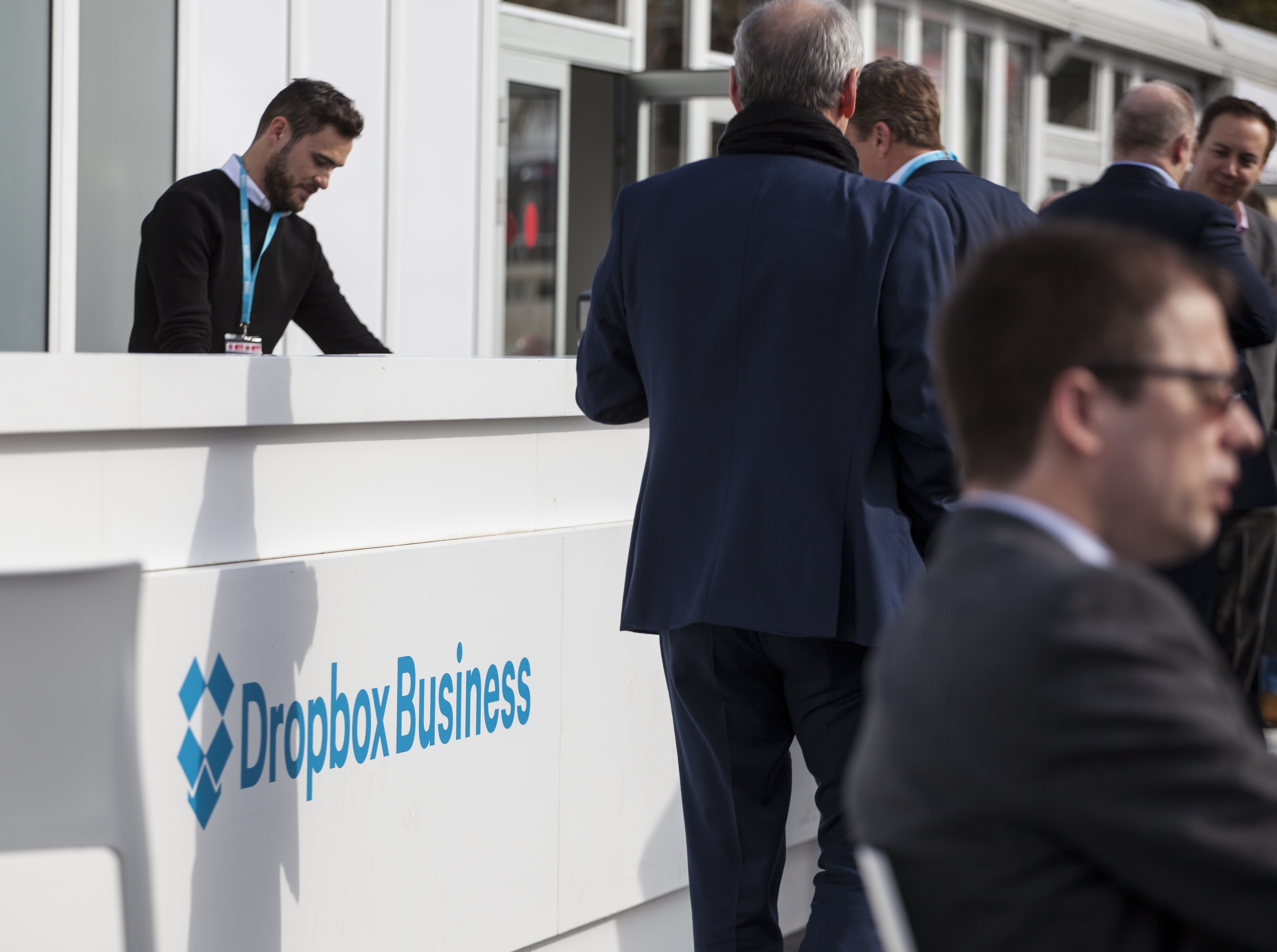Digital Marketing in Construction: Top tips from an industry expert

According to CEB Global, now Gartner, before a customer even engages with sales, 57% of their purchasing decision has already been made. With data, reviews and content from potential suppliers freely available, customers are incredibly well-equipped and informed. This freedom of choice and information means businesses must work hard to engage, attract and retain customers online. It’s critical that they embrace a digital approach to make it happen efficiently and effectively.
The construction industry is currently finding this out first-hand, as it rapidly adapts to new digital marketing practices. The industry needs to embrace new ways of working, increasing speed and agility to enable differentiation. This shift is moving construction firms into a new digital setting.
To help shed light on this complex and evolving landscape, we caught up with Laura Curtis, Head of Strategy at Fabrick (formerly CFA), a Marketing Agency that specialises in the construction industry and the built environment. We talked about the opportunities and challenges within the industry and picked up a few tips for digital savvy marketers along the way.
“The digital transformation of the construction industry is pushing many to feel they need to be doing something on every platform out there,” says Laura. “But, what we are finding is that most companies have very small marketing teams and this approach won’t reap the rewards that the effort levels going into it should command. They spend too much time and energy just getting stuff ‘out there’ that they don’t have a chance to stop and think about how they can be more effective.”
That in itself is not a challenge unique to the construction industry, we can all be guilty of ‘work about work’ at times. Our fears of being absent on a particular channel can fuel feelings of angst and spark rapid action among marketing teams to produce something, anything, just to fill a perceived void. “When we first meet our customers we often ask them what social channels they are on and the results are often illuminating, they are trying to have a presence on almost all of them,” says Laura. “The next question we ask is what results they expect from those channels and what audience it is they are trying to reach.”
What is unique to the construction industry though is the sheer variety in its audiences. “It ranges from a handy man with a van, to architects, specifiers and regulators. Or from product manufacturers to massive building companies. All produce different products and deliver services that target very different people with very different needs,” explains Laura. “The biggest challenge for digital marketers is implementing a cohesive strategy that works across all these different audiences. It requires some serious orchestration and collaboration with numerous partners and suppliers to deliver the right messages to the right people on the right platform.”
When we asked Laura about how to overcome these particular hurdles she had the following advice:
1. Personalise your audience: “Get right back to basics, deconstruct every audience that you need to communicate with and personify them,” says Laura. “It is much easier to piece together what your value propositions are when you know exactly who you are talking to. It also helps you identify where to reach and engage each audience.
2. Audit your existing content: “You might be surprised at the volume of content that you already have and that you can use immediately,” says Laura. “Plus, how do you know what you need to create without understanding your audiences and knowing what content you are missing?”
3. Work with your sales teams: “They are the ones fielding and making calls, discussing options and products,” says Laura. “Working together on ideas and creating things that you know your audience needs is a great way to get internal buy-in on content, and to ensure you are producing useful content.”
4. Build a complete content matrix: “Finding a way to easily visualise what you have can help illuminate gaps,” explains Laura. “It also helps focus your time and energy on producing the things you need rather than simply duplicating your efforts.”
Laura offered this as her final piece of advice, “When teams are small and resource is short, always focus on your highest return markets and opportunities. In the construction industry, this can come from surprising places so it is worth spending the time truly understanding your business and its objectives. If are unsure where to start or need some help, then there are always agencies or consultants who can help you on your journey.”
If you work in the construction industry and are looking for more advice, head to our blog here.




